Kitesurf Line Length and Kite Behavior: Long or Short Lines?
How the length of lines influences the behavior and the response of the kite.
The line length of your kitesurfing gear is a critical factor determining how a kite
will fly and produce power. Knowing how to manipulate the line length can be very useful to obtain the
kite's best performance in a particular situation.
Most of the kiters don't focus on this topic because the kitesurfing gear comes complete and pre-set from
the manufacturers. If we want to change it, we usually do it ourselves by cutting and sewing the lines or
attaching Kiteboarding line extensions.
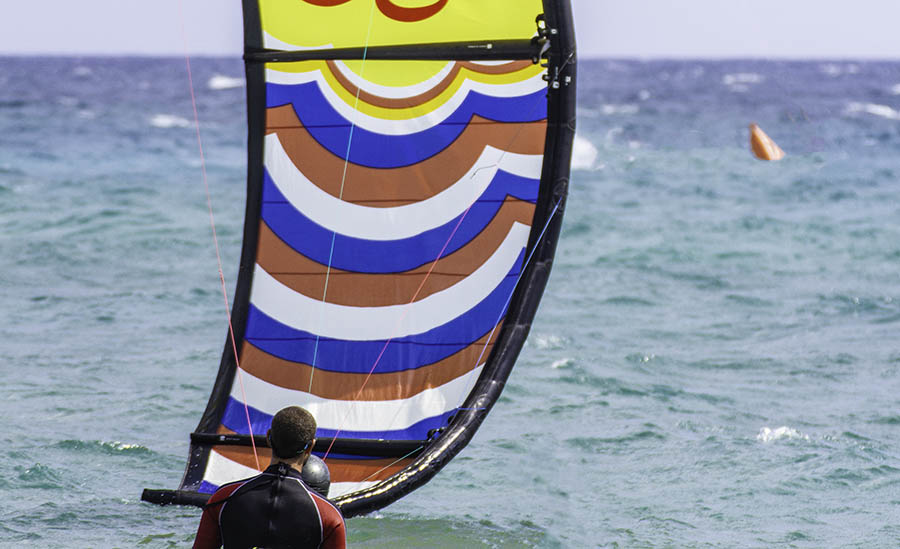
Kite line length influences the dimension of the wind window.
The first thing to point out is that the kite line length determines the wind window's dimension, which means a broader or narrower area in which our kite will fly, and this will have two main effects.
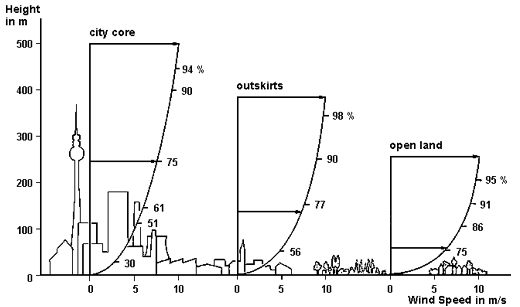
1. Since the wind force gradient increases, the higher we move from the ground, the stronger winds the kite will pick in its fly. So we can expect to be able to ride in the lower wind than usual with long lines or have more control in strong wind days with shorter kite lines.
2. The amplitude of the space in which the kite can fly will influence the peak velocity kite will reach.

Check also some other interesting characteristics of the wind window here.
Kite responsitivity related to the line length
The length of the kite lines also influences the behavior they have. The longer they are, the more they will bend under the wind's action and their weight. The resulting slack will directly affect the reactivity of the kite to the rider's commands. With short lines, usually, the kite requires a minimal steering action to be responsive, while with long lines, to obtain the same reaction, the command on the bar will need to be way stronger.
Therefore, the kiteboard bar size should be proportional not only to the size of the kite but also to the line length.
The longer the lines, the wider the bar and vice-versa.
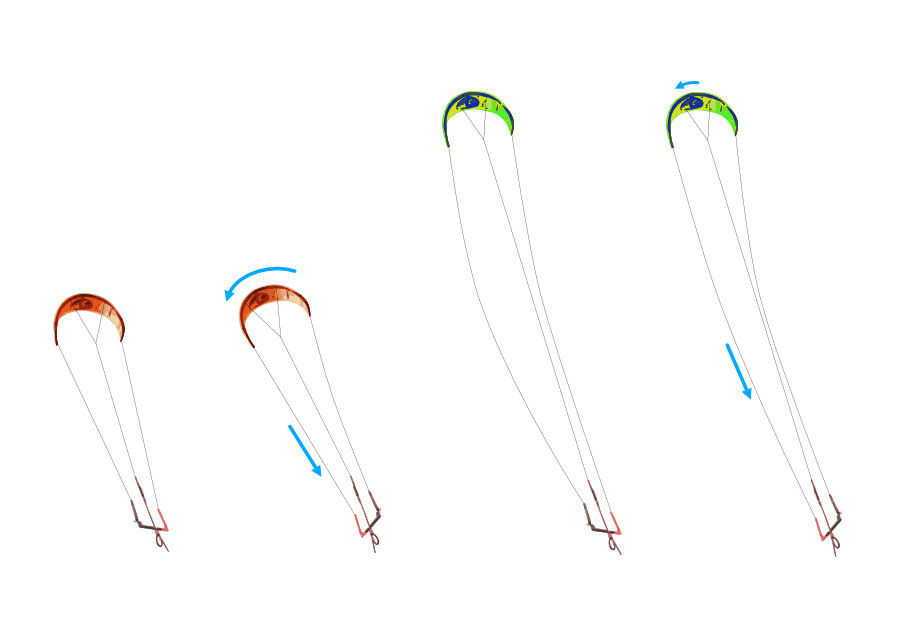
Kite line length standards.
At the beginning of the sport, the kite lines' standard length was around 30m. This choice was due mainly because most kite designs were C-shaped. They didn't produce a lot of power in relation to their sizes; therefore, longer lines would supply by increasing the wind window dimension. With modern LEI kites, which are more performant, the average line length has been reduced around 22-24 m.
The aspect ratio (AR) of the kite and line length
As pointed out before, the wider is the wind window, the faster the kite can fly through it due to the larger space that permits a more significant acceleration.
However, this effect becomes way more significant with high aspect ratio kites because their wing profile is optimized and lets them accelerate significantly. On the contrary, low AR kites typically have a lower speed limit due to their wing shape's inefficiency that creates turbulence along with their profile. The bigger the acceleration, the more significant becomes the drag from the turbulence. At one point, the drag stops the acceleration, and the low AR kites reach their speed limit.
That explains why it makes more sense using longer lines with High AR kites, while with low AR kites, the gain is marginal (for more detail on AR and kite shapes read here).
Note: don't confuse the absolute kite speed with the speed of turning where low AR kites more often are faster.
Kitesurfing line section
The section of the lines typically determines the line's breaking tension: the thicker line, the bigger the breaking tension, of course.
The section also determines the resistance of the line to the wind and, therefore, the line's slack while the kite flies. With longer lines, it is better to consider thinner sections to avoid an excess of resistance to the wind.
As a general rule, if you use the kite in light wind and to race or hydro foiling, thinner lines work better because you don't have great tension peaks on them, and they offer way less drag while upwinding.
If you ride in string winds, looking for high jumps, kite loops, or wake style tricks, of course, you want to implement thicker line sections.
The section also influences the durability of the lines; therefore, it is better not to have too thin lines for the general use of multidiscipline riding as most of the non-pro kiters do.

Lines according to the discipline
From what is said so far, it easy to understand that the rider can adjust line length according to his favorite kitesurfing discipline, improving performance and comfort.
Wave riding
Many wave riders actually mess around and use different line lengths, which can also be influenced by the wave's size and period. In general short waves' period suggests short lines down to 19m for a more responsive kite. Most kiters that kitesurf in waves use standard 22m lines with 24m lines on lower wind days and, and the more exigent riders, 19m on the high wind and gusty wind days.
Foil kite racing
Racing kiters lately use large foil kites on thin and not so long lines that allow them a significant upwind edge by being able to control the big kite and hold its power, while on the downwind edge, they can use all the power of the big kite without it falling out of the sky as it is on shorter lines.
Big Air Jumps, wake style, and kite looping
These disciplines require strong lines to absorb the intense stresses, playing with the length only to shorten them in strong wind days. It doesn't make much sense to have longer lines than 22-24m since it is expected to practice reasonably strong winds and with the need for responsitivity from the kite.
Hydro Foiling
Since it is typically practiced on low wind days, long and thin lines seem to be more appropriate to increase the wind power and reduce resistance to advance and drag.
Note for the beginners.
Keep in mind that if you aren't experienced enough, using long lines can be quite
dangerous: the kite will be much less responsive. It will reach a high speed for an extended time, generating a
considerable amount of power.
On the opposite side, If you are just learning to kitesurf, use very short lines (between 5 to 10 meters) before
starting with the standard setup.
The kite won't reach high speeds and will have a minimal flight window, making it impossible to produce
enough power that could lead to dangerous situations. That's why the best kite schools tend to use short
line setup for their beginner students.
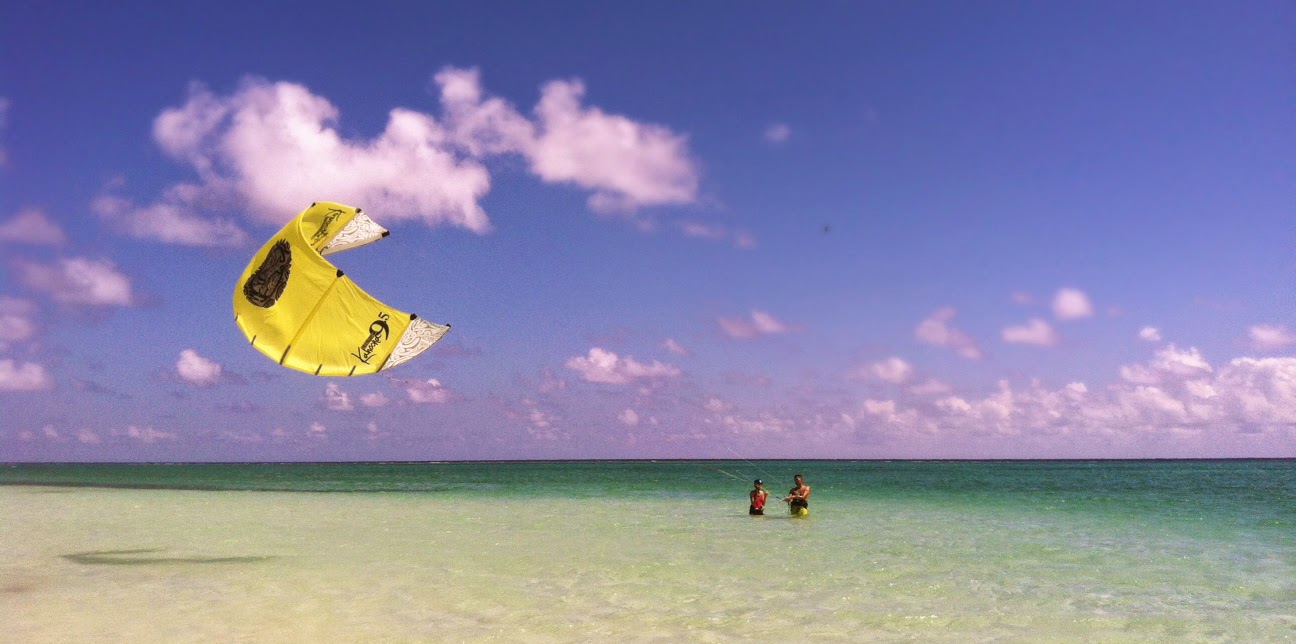
Conclusion
If you want to add or comment on this post, feel free to do it in the comment section at the bottom of the page, and if you like it, please share it on your social media by clicking the buttons below. This will help the growth of the community and the blog!

Computer Backpack
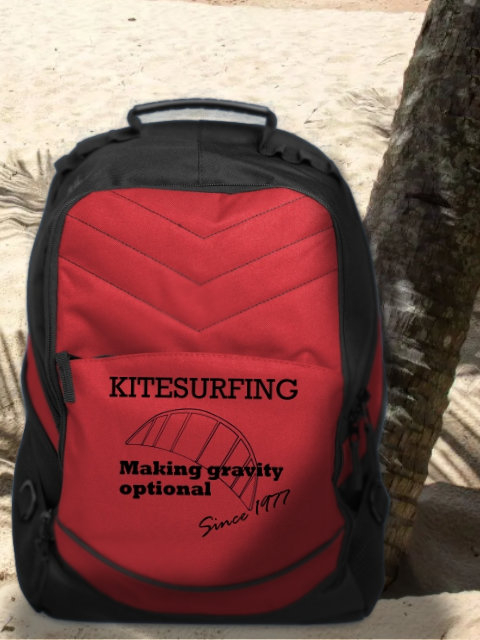
Logo: Kitesurfing: making gravity optional since 1977
Promote your Kite School for free!
Index your Kite School in our database.
You will get free lifetime visibility on Kitesurf Culture website.
If you have a website, it will provide precious backlinks to improve your SEO ranking
Relevant Posts
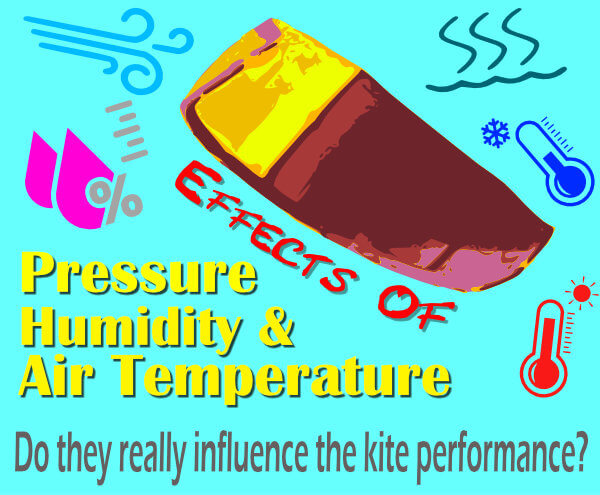
Effects of the air pressure, temperature and humidity in kitesurfing
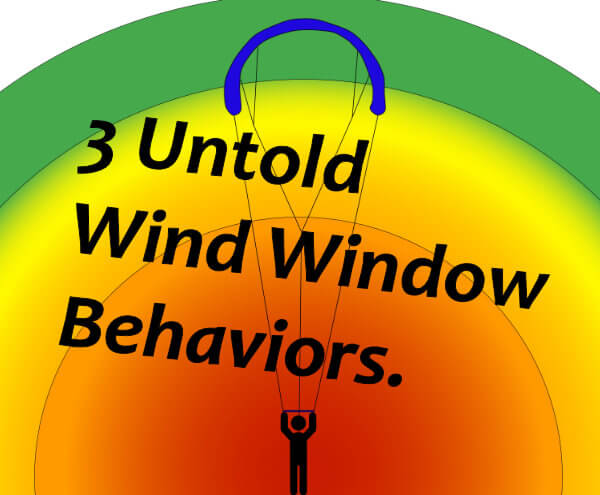
3 Untold Wind Window Behaviors.
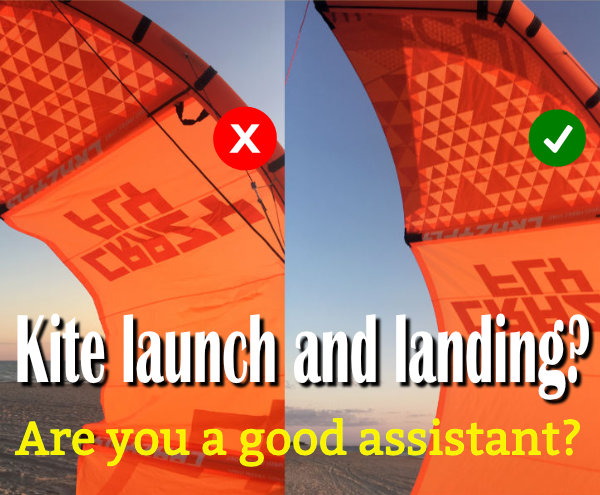
Are you a good assistant during a Kite launch and landing?

Do you really use the right kite shape for your riding style?

12 Tips to Correctly and Safely Launch and Land Your Kite
Get free Kitesurfing Resources and Tips
If you like our content and you want to be informed on the next blogposts release, please subscribe here. That will also help us to continue to provide quality content:
Give us your opinion.
Comments
Antonio
Excellent information! Thank you
4 years ago
Steve Thomas
I have found, when foiling, In light winds (10kts or less), I get more power and more consistant rides on, a 10m kite with 26m lines, than on a 12m kite with 24m lines
5 years ago
John
You only mention the length of one kite discipline. doesn't help me at all for lines lengths.
5 years ago
Answers :
Gabriele
I don't quite get the question John, can you be more specific? :-)
5 years ago
Matt-0
Totally agree with what you said, especially about using short lines while teaching/ learning to kite. I've been kitesurfing for about 20 years; started on 40m lines back in the day, now I teach on very short lines until the students have all the pieces together and are actually ready to practice water starting. Here's a video I made about it if you're interested: https://www.youtube.com/watch?v=KUogNA2Js1k&pbjr
5 years ago
Computer Backpack

Logo: Kitesurfing: making gravity optional since 1977
Promote your Kite School for free!
Index your Kite School in our database.
You will get free lifetime visibility on Kitesurf Culture website.
If you have a website, it will provide precious backlinks to improve your SEO ranking
Relevant Posts

Effects of the air pressure, temperature and humidity in kitesurfing

3 Untold Wind Window Behaviors.

Are you a good assistant during a Kite launch and landing?

Do you really use the right kite shape for your riding style?

12 Tips to Correctly and Safely Launch and Land Your Kite
Men's Performance T-Shirt
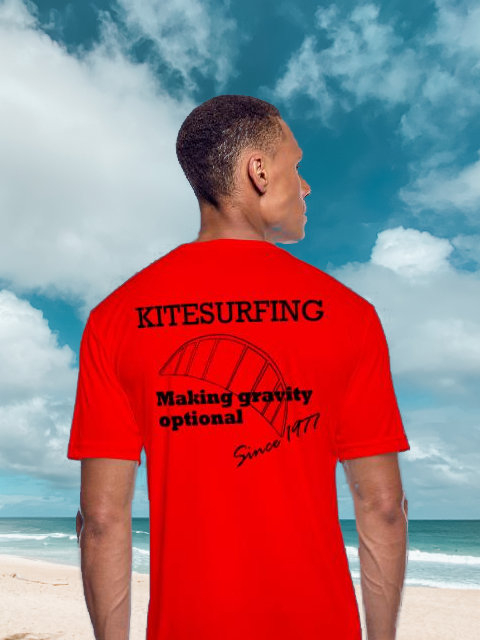
Logo: Kitesurfing making gravity optional since 1977
Latest Posts

Kitesurfing Dubai: an honest guide. Tips, Spots & Winds
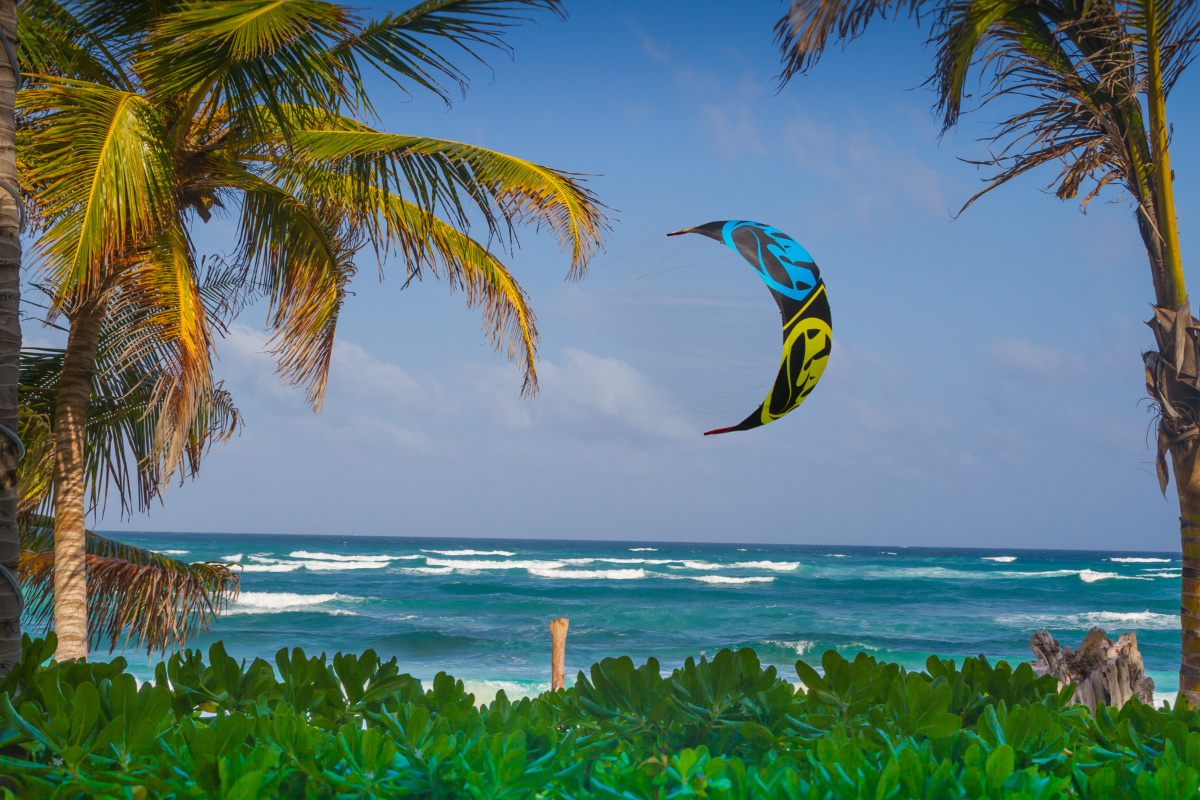
Unwind and learn: best beginner kitesurfing spots worldwide
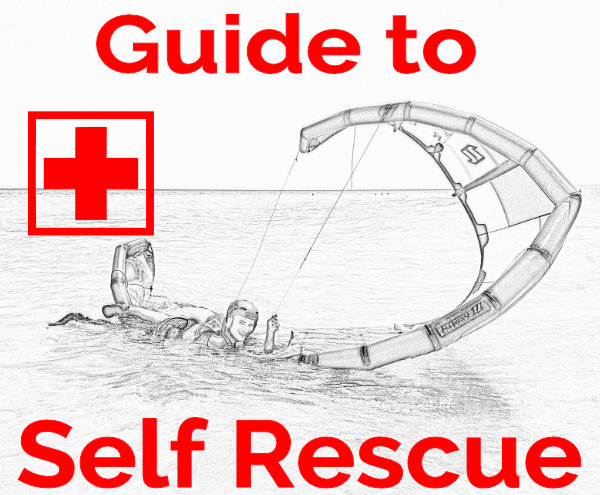
Self-Rescue in Kitesurfing: A Crucial Guide to Safety

Kitesurf Ometepe: an Epic Kite Trip to Nicaragua

Kitesurfing Spring in Andalucia: Unexpectedly Great!